-
Presentation
Presentation
This curricular unit promotes exploration of the relationship between art and nature, as well as natural artistic media and supports.
-
Class from course
Class from course
-
Degree | Semesters | ECTS
Degree | Semesters | ECTS
Bachelor | Semestral | 5
-
Year | Nature | Language
Year | Nature | Language
3 | Mandatory | Português
-
Code
Code
ULHT722-17317
-
Prerequisites and corequisites
Prerequisites and corequisites
Not applicable
-
Professional Internship
Professional Internship
Não
-
Syllabus
Syllabus
Contextualization. Land Art, Art and Nature, the artist as a gleaner in the contemporary world - its historical background and recent developments. Art Project I - Series of works based on the production of materials, media and supports of natural origin to be held by students with the support of the teacher Art Project II - A site-specific intervention in a natural space to be defined annually. Starting from the most profound possible knowledge of the place of intervention, the student must conceive and execute an installation in four phases: (1) The project's conception and election of the existing elements in the place to be used in the intervention. (2) Realization of tests in loco. (3) Installation of the final work in place; (4) The artist's book: Complementing the site-specific artistic project, each student must create an artist's book encompassing the various stages of the process previously recorded through photography, drawing or other media.
-
Objectives
Objectives
To provide students with theoretical and practical knowledge in producing artistic media and supports of natural origin. To provide the student with the experience of designing and implementing an ephemeral environmental artwork in a specific place to be designated annually, confronting the inherent artistic and technical problems. To raise awareness of the students to an artistic site-specific practice that respects nature, assuming the exclusive use of natural materials found in the intervention site. To raise awareness of the students to the importance of the documentation of ephemeral artistic processes, building bridges with other media like drawing and photography. To present the Artist Book as a work of art that may complement an ephemeral site-specific intervention, enabling its record for posterity. To strengthen autonomy in completing artistic projects To develop and deepen for each student key concepts of imagery and art mediums
-
Teaching methodologies and assessment
Teaching methodologies and assessment
Active methodologies that articulate theory and practice and the construction of knowledge by students. In addition to traditional classes on the syllabus (lectures, using audiovisual media), a permanent attitude of research and enquiry is proposed. Learning by doing is encouraged, which is fundamental to understanding the processes of creating artistic media and supports, exclusively with natural and/or recycled materials. Learning to create the media and paints are fundamental processes in the training of artists, from whom a critical awareness of environmental issues is expected. The assessment favours the formative dimension, considering: project 1 - a series of works using natural materials (supports and media); project 2 - site-specific installation + artist's book. Assessment criteria: Participation, attendance and co-operation (20%); project 1 (40%); project 2 (40%).
-
References
References
Flam, J. (Ed.) (1996). Smithson, The Collected Writings. UCalifornia Press Gemenne, F., Rankovic, A., & Atelier de Cartographie de Sciences Po. (2021). Atlas de l’anthropocène. Paris: Sciences Po. Kastner, J. (Ed.) (2012). Nature . Documents of Contemporary Art. London: Whitechapel Gallery, MIT Press Krauss, R. (1979). Sculpture in the expanded field. in Krauss, R. (1985) The Originality of the Avant-Garde . MIT Press Latour, B. (2021). Ou¿ suis-je ? : lec¿ons du confinement a¿ l’usage des terrestres. Paris: E¿ditions La De¿couverte. Neddo, N. (2015). The Organic Artist. Beverly, United States Rockport Publishers Inc Sonfist, A. (2004). Nature: The End of Art . Florencia: Gli Ori, London: Thames & Hudson. Vale, P. (Ed.) (2012). Tarefas infinitas: Quando a arte e o livro se ilimitam . Lisboa: FCG Wallis, B. & Kastner, J. (Ed.) (2010). Land and Environmental Art. London NY: Phaidon Logan, J., Ondaatje, M., & Kolyn, L. (2018). Make ink : a forager’s guide to natural inkmaking. NY: Abrams.
-
Office Hours
Office Hours
-
Mobility
Mobility
No










